Colour by numbers is a fun and easy way to help students recognise digits.
Print and photocopy a sheet for each student. They are required to match up the colour next to the number in the legend, with the number on the picture.
Updated: 25 May 2023
Colour by numbers is a fun and easy way to help students recognise digits.
Non-Editable: PDF
Pages: 1 Page
Years: F - 2
Tag #TeachStarter on Instagram for a chance to be featured!
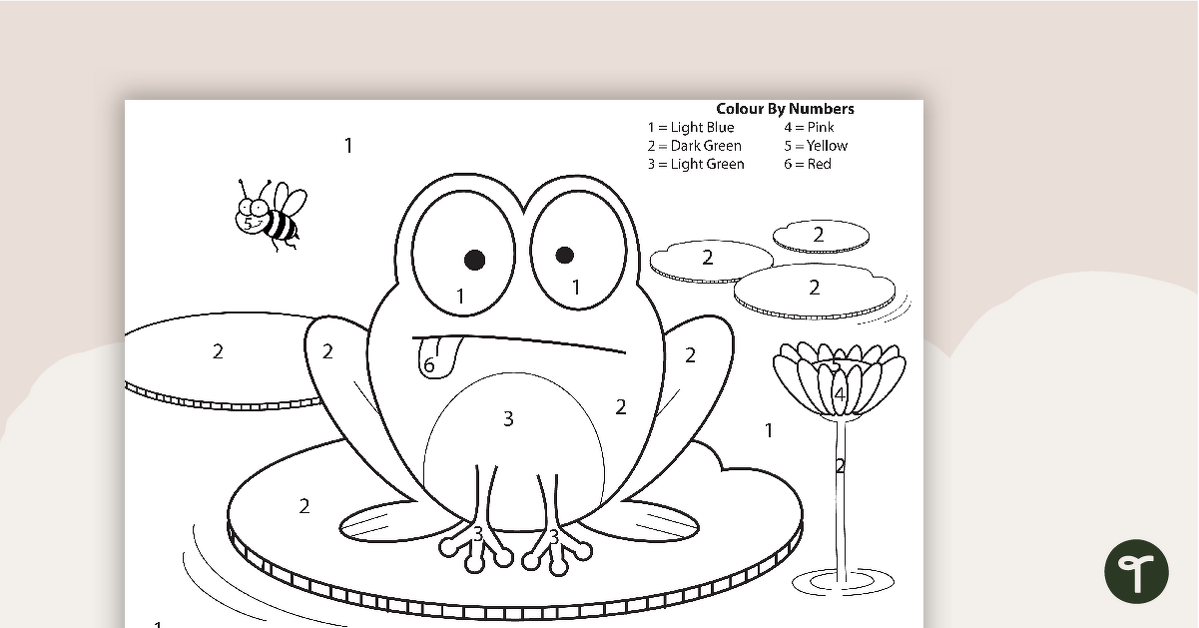
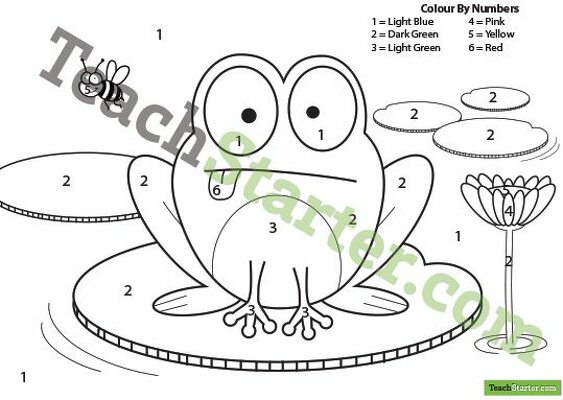
Colour by numbers is a fun and easy way to help students recognise digits.
Print and photocopy a sheet for each student. They are required to match up the colour next to the number in the legend, with the number on the picture.

We create premium quality, downloadable teaching resources for primary/elementary school teachers that make classrooms buzz!
Would you like something changed or customised on this resource? While our team makes every effort to complete change suggestions, we can't guarantee that every change will be completed.
Did you spot an error on this resource? Please let us know and we will fix it shortly.
Are you having trouble downloading or viewing this resource? Please try the following steps:
If you are still having difficulty, please visit the Teach Starter Help Desk or contact us .
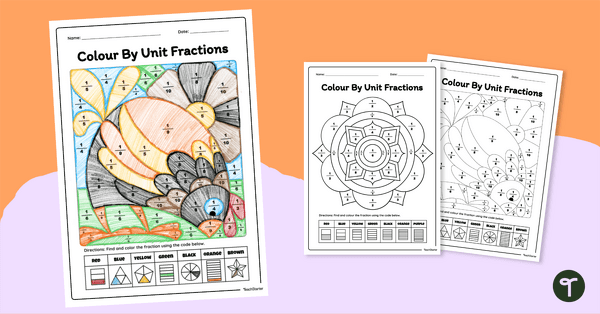
Crack the colour code and practise unit fractions all while colouring in fun images.
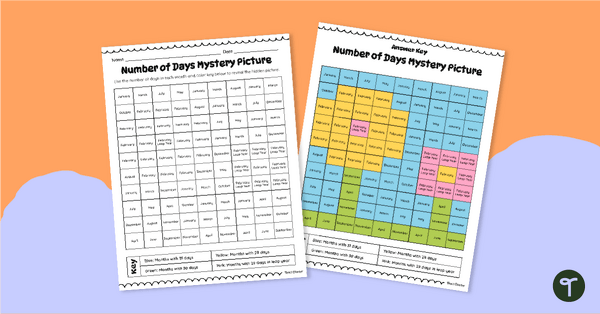
Help you rstudents remember the number of days in each month with a colour-by-code worksheet.
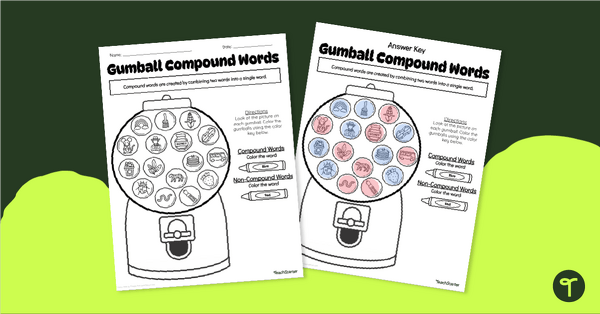
Help your students learn to read and identify compound nouns with a printable colour-by-code worksheet.
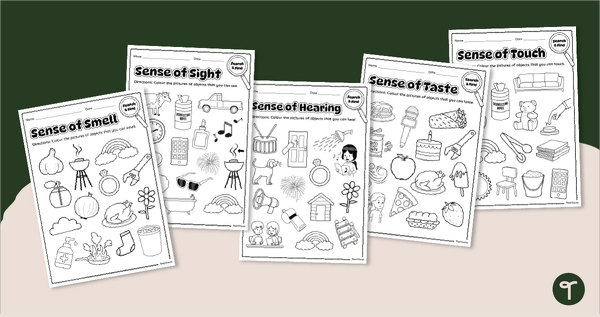
Help your students understand more about their senses with a pack of printable 5 Senses colouring worksheets.
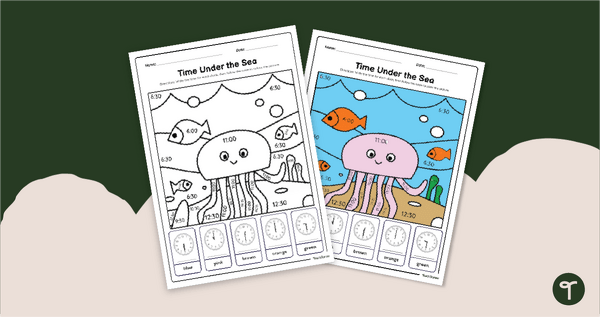
Practise telling time to the hour and half hour with a fun Telling Time Colour By Code maths worksheet!

Practise how to tell time to the minute with a fun Colour in Maths worksheet.
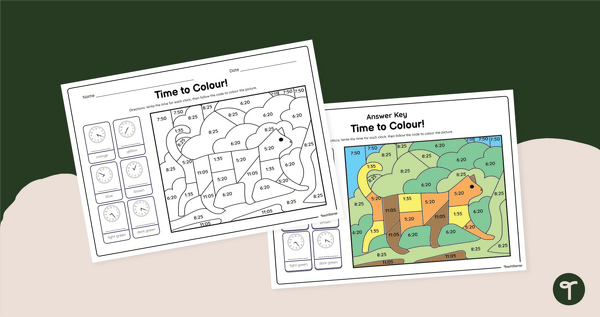
Practise telling time to the nearest five minutes with a fun Colour By Code worksheet.
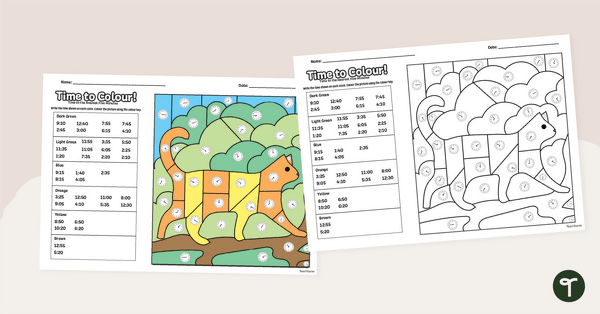
Tell time to the nearest five minutes and have fun with a Telling Time Colour By Code Worksheet.
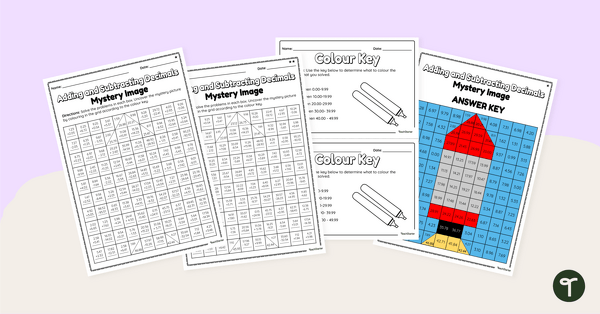
Have students practise adding and subtracting decimals with this mystery image worksheet.
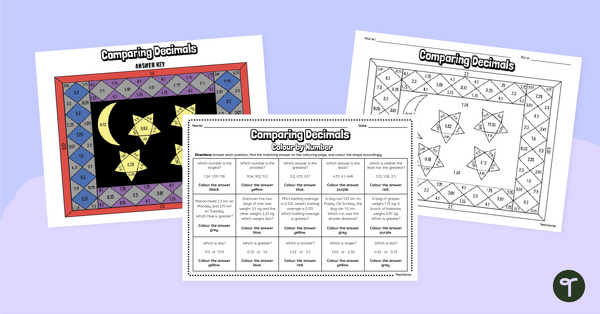
Compare decimals and create a beautiful stained-glass picture with this colour-by-number worksheet.
0 Comments
Write a review to help other teachers and parents like yourself. If you'd like to request a change to this resource, or report an error, select the corresponding tab above.